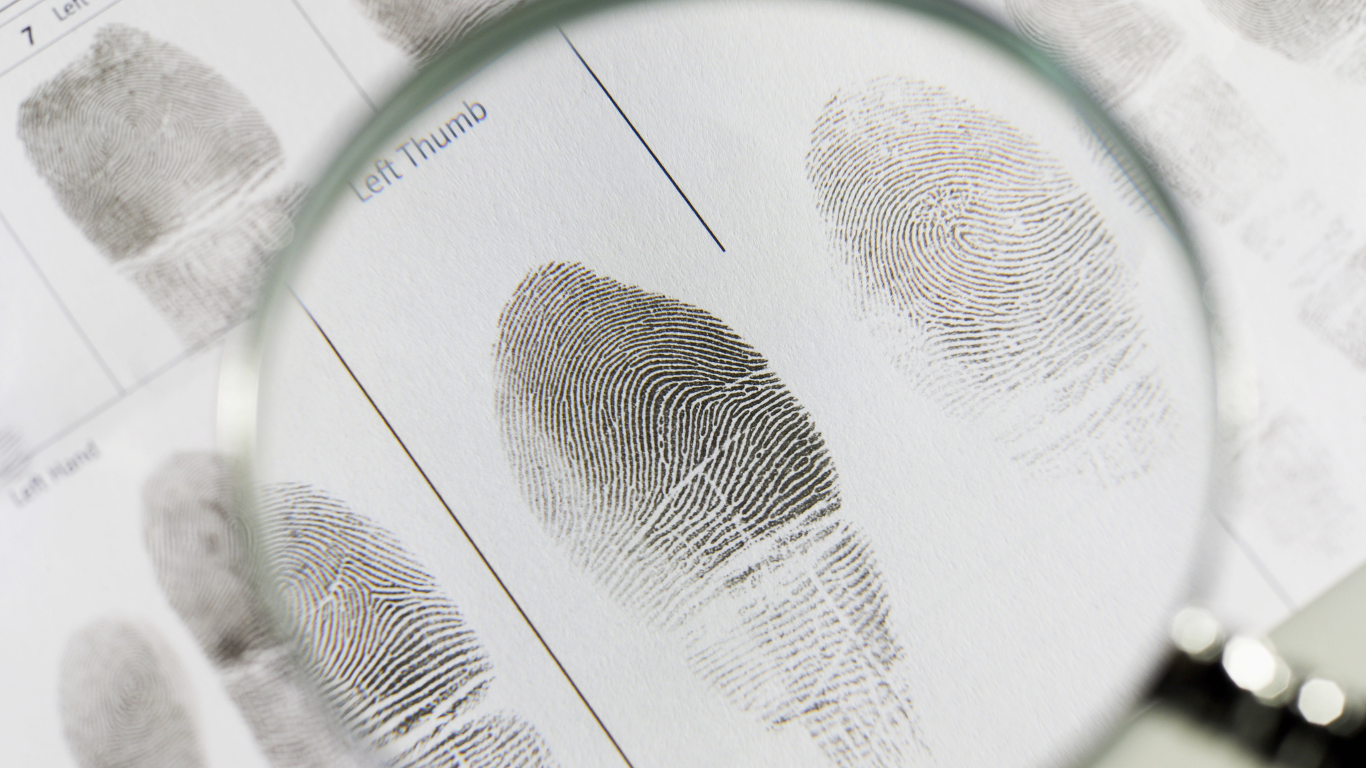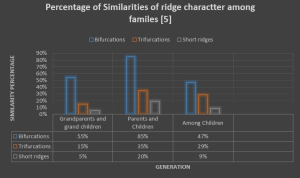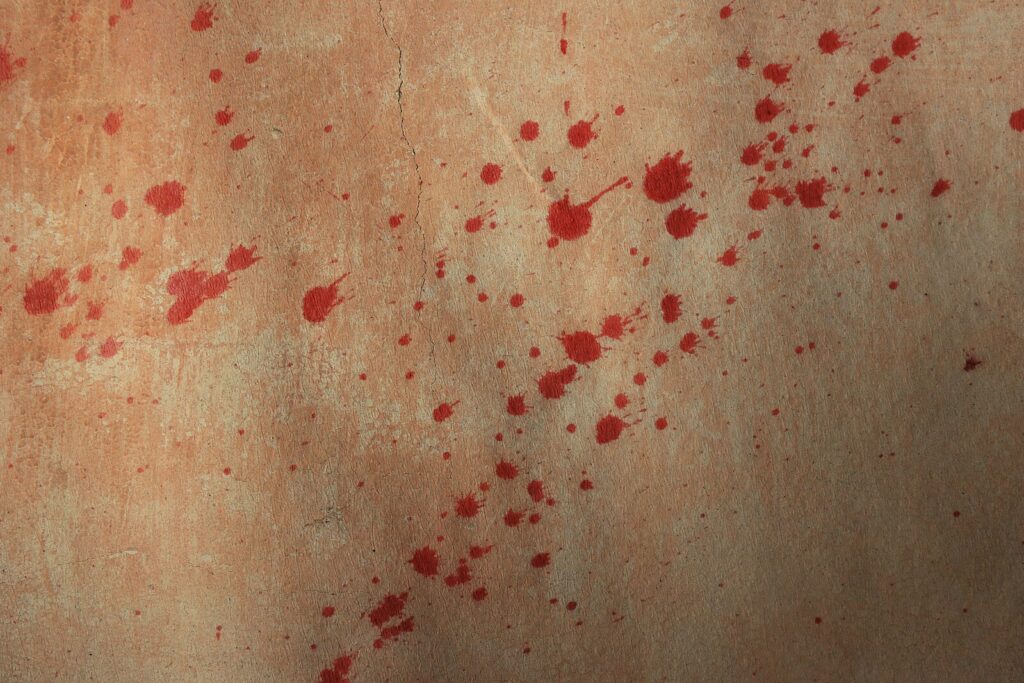Now Reading: Heredity in Fingerprints and Pattern similarities among family members: A Review
-
01
Heredity in Fingerprints and Pattern similarities among family members: A Review

Heredity in Fingerprints and Pattern similarities among family members: A Review
Fingerprints are perforated ridges formed on the fingers. These ridges are also known as friction ridges and they form a unique pattern on which one can differentiate fingerprint patterns. On the basis of pattern, one can classify fingerprints as Arch, Loop, and Whorl. Out of all these the Arch pattern, lack both delta and core and is rarest with 5% population, while the Whorl pattern is present over 25 to 35% of the population. And at last, there comes the Loop pattern which is present in 60 to 70% of the population which makes it a common pattern present in the world population. To further distinguish the fingerprint then comes the minutiae, which are responsible for individualism in fingerprint pattern and distinguishing individuals.
We know that these minutiae lead to uniqueness in fingerprint. But how these fingerprints are formed? The formation or we can say the development of minutiae depends on the initial conditions of the embryonic mesoderm. The factors which decide the minutiae are the exact position of the fetus inside the womb, the nearby amniotic fluid density, and composition. In addition to this, there are countless environmental factors which decide the formation of fingerprints or we can ridges. [1, 2]
Now if a question arises, are these fingerprints Hereditary? If yes, what are the similarities among the family members? To answer this question major studies on correlation in the fingerprint class (arch, whorl, and loop), correlation in between other generic attributes such as a number of ridges, the distance between two ridges i.e., ridge separation, total width of the ridge, and the depth of the ridge are done from the same family and different families, siblings, twins, homozygotes twins, an unrelated person belonging to the same race. [3]
From the recent research, one can say there is some hereditary information which passes from one generation of the family to another as hereditary information. In one study, three-generation fingerprint data of 324 subjects of 54 different families were studied, and of which it was concluded that 85.19% of families were having the similar finding while 14.81% were the only families whose ridge patterns were dissimilar to those of parents. Thinned ridge patterns on fingers were investigated by using a total number of minutiae points, Location of minutiae, minutiae density and inter-ridge width. This study revealed that in intra-class members of all three generations the fingerprint was associated with each other. [4]
In another study, the data of 46 families were selected for the study, and an impression of the palmar surface was collected from all three generations of the families. The families were selected from West Bengal and Delhi, India. In this research, some common ridge characters such as bifurcation, trifurcation, ridge ending, enclosure, and short ridge were taken into consideration or knowing their appearance in all three generations.
The study revealed that the families showed the similarities of ridge character but those characters were not placed at the same location of the different individuals of families. Quantitative dermatoglyphics features, when compared with an unrelated person, showed very low concentration values when compared to the familial correlation values. Paternal influence on the child was slightly more as compared to the maternal influence for most dermatoglyphics fractures except for the ridge count, but the difference did not reach statistical significance. At last, it was found that palmar surface features can be found similar among generations but the size and measurements differ. [5, 6]
In another study, to determine the level of correlation among fingerprints of parents and children, around 800 fingerprints from Mother, Father, Daughter and Son of 20 different families were taken into consideration. And from the analysis, it was found that the class pattern on the children is inherited from the parents as children share half the genes from both the parents.
From the result shown in the table below it can be said that there is a close correlation that exists between parents and child in the case of pattern classification. And their research it was also found that the deciding factor for child pattern is both their parents’ pattern. And it was also found that if the correlation between both the parents is high then it will lead to a high correlation value of the child to parent and child to child. [3, 7]
| Correlation Between | Percentage % | |
| Father | Mother | 80% |
| Female Child | 80% | |
| Male Child | 80% | |
| Mother | Female Child | 50% |
| Male Child | 70% | |
| Child | Child | 70% |
Table: Correlation Data [3]
Using novel classification a study was conducted between 50 families in which the father mother and child were included. The classification was done using novel classification, and pedigree tree. It was found that the possibility of the appearance of the same pattern in offspring as that of parents in thumb was 84%, 76% in the index finger, 84% in the middle finger, and then 88% for the ring finger and at last, the possibility for little finger was 92%. From the study, the dominance of pattern from parents to the offspring was also determined, and it was found that loop pattern in all families remained predominant in both cases. In singles with more than 60% and combined distribution is more than 75%. Then comes the whorl with less than 25% and at last was the arch pattern with less than 22%. [8]
From all the study and research it was concluded that the fingerprint pattern or ridge characters do get transferred from one generation to the other generation, but the exact location or size of the ridge can’t be the same even in the same family. Which genes are responsible for determining fingerprint is also not known. If a sibling shares the DNA, they have a high chance of similarity in their fingerprint pattern as compared to the unrelated people. [9] Person of the same race but are unrelated have very little global similarity but related people have very high global similarity as child shares genes from both the parents. [3]
So from all the studies, it can be concluded that the fingerprints are more determined genetically as compared to environmental factors. But the pattern in which the pattern is inherited is more complex than simple it is not based on the co-dominance. [9]
References:
- Chockaian, K., Vayanaperuma, R., & Kanagaraj, B. R. (2013). New approach for identifying hereditary relation using primary fingerprint patterns. IET Image Processing, 7(5), 423-431.
- Jain, A., Chen, Y., & Demirkus, M. (2006, August). Pores and ridges: Fingerprint matching using level 3 features. In 18th International Conference on Pattern Recognition (ICPR’06) (Vol. 4, pp. 477-480). IEEE.
- Obaje, S. E. (2011, April). Hereditary trends in parent and offspring fingerprint classes. In 2011 3rd International Conference on Electronics Computer Technology (Vol. 3, pp. 475-478). IEEE
- Karthikeyini, C., Rajamani, V., & Bommanna Raja, K. (2014). Exploring fingerprints using composite minutiae descriptors to determine hereditary relation across multiple generations. International Journal of Biomedical Engineering and Technology, 15(3), 224-242.
- Saha, T., & Chauhan, A. DETERMINATION OF GENETIC INHERITED FEATURES IN PALMAR SURFACE AMONG THE FAMILY MEMBERS.
- Dermatoglyphics, I., & Later, F. Y. (1979). Birth Defects Origi-nal Article Series. March of Dimes: Washington, DC, 591-607.
- Costello, D. (1999). The perfect deception: identical twins. Wall Street Journal, 233(28), B4.
- AİGBOGUN, E., IBEACHU, C., & LEMUEL, A. (2019). Fingerprint pattern similarity: a family-based study using novel classification. Anatomy, 13(2), 116-121.
- ABD ALHALIM, S. M. A. (2018). COMPARISON BETWWEN FINGERPRINT PATTERNS OF THE SIBLINGS AND THEIR PARENTS (Doctoral dissertation, Ahmed iIbrahim Luka-).











